Исполнитель: Hearts And Flowers
Откуда: USA
Альбом: The Complete Hearts And Flowers
Год выхода: 2003 (recorded in 1967-1968)
Жанр: Psychedelic/Folk/Country Rock
Формат: MP3 CBR 320
Размер архива: 216 МB
Группа из Лос-Анджелеса (штат Калифорния). В 1967-68 годах выпустили два альбома, после чего распались. На втором диске — 13 треков нереализованного материала группы.
Hearts and Flowers were one of the most eclectic 1960s Californian folk-rock groups, as well as being one of the very first to point the way toward country-rock. Over the course of their two Capitol albums, they blended folk, country, and rock with inventive sprinkles of pop and psychedelia on both original material and covers of songs by Donovan, Arlo Guthrie, Hoyt Axton, Gerry Goffin-Carole King, Kaleidoscope, Tim Hardin, and others. As was the way with many such innovative bands of the time, they were lost in the shuffle in an era when rock was expanding furiously in all directions. If they’re mentioned at all by historians, it’s usually because one of them went on to join a superstar group in the 1970s that played a far slicker variation of the kind of folk-rock pioneered by bands like Hearts and Flowers the previous decade.
Like so many 1960s folk-rock groups, Hearts and Flowers’ roots extended deep into the early-1960s folk revival. Larry Murray, who would write more original material on the two Hearts and Flowers albums than any other member, had played bluegrass with Chris Hillman and Bernie Leadon in the Scottsville Squirrel Barkers, who made a rare album in 1962. Murray also played with Hillman in a Randy Sparks-overseen folk outfit called the Green Grass Group before Hillman joined the Byrds. For a brief time Murray played in another group with a young Jennifer Warnes and Peter Sachse, whom he remembers were offered a contract at Columbia by Byrds producer Terry Melcher, although it didn’t pan out.
In the meantime, Dave Dawson and Rick Cunha had moved to Los Angeles from Hawaii, where they had worked as a folk duo. «The three of us were playing a hoot one night, separately, at Ledbetter’s in Westwood,» remembers Murray. «All of a sudden we were jamming after the hoot and said, ‘God, we sound great together. Nobody sounds like us.'» The trio were particularly distinguished from other acts on the embryonic L.A. folk-rock circuit with their prominent autoharp, an instrument employed by few other folk-rock bands of the time (the Lovin’ Spoonful being the most notable exception). Playing sometimes as an acoustic trio and sometimes as an electric band with bassists and drummers depending on the situation, the threesome began to stir interest from A&R men at several labels, including Columbia’s Gary Usher, Elektra’s Paul Rothchild, and Capitol’s Nik Venet.
Though the band came very close to signing with Elektra, ultimately they went with Capitol and Venet, who produced their debut album, mid-1967’s Now Is the Time for Hearts and Flowers . Like several of Venet’s productions (such as those with Linda Ronstadt & the Stone Poneys and Fred Neil), the LP stood out for its low-key, countrified, acoustic-oriented folk-rock, in a period when the trend was to get louder and more psychedelic. But in its own way, the album was adventurous in its fusion of country, folk, pop, rock, bluegrass, and hints of psychedelia, borders that few melted into the same pot in 1967.
The group’s chief strengths were their close harmonies, clearly derived from bluegrass and old-time folk music, yet applied to contemporary material like Donovan’s «Try for the Sun,» Tim Hardin’s «Reason to Believe,» Hoyt Axton’s «10,000 Sunsets,» Liz & Casey Anderson’s «I’m a Lonesome Fugitive» (popularized by Merle Haggard), and Gerry Goffin and Carole King’s ‘Road to Nowhere.» Far more obscure outside composers were tapped for «Please,» from the first LP by fellow Los Angeles folk-rock eclectics Kaleidoscope, and «Rock and Roll Gypsies,» by their friend Roger Tillison (first released on the sole single by Tillison’s duo the Gypsy Trips). And there were just a few band originals as well, the most impressive of them Murray’s «Rain, Rain,» which showcased Dave Dawson’s deft use of autoharp in a pop-folk-rock context. Subdued bass and drums, as well as cello and dobro (and, on «Road to Nowhere,» a supporting vocal by Linda Ronstadt), bolstered the trio’s sound without being obtrusive. Odd wobbles from bowed electric bass added an unsettling undercurrent in tune with the psychedelic era on «The View from Ward Three» and the closing (and atypically moody) «10,000 Sunsets.»
«If we were playing at certain clubs, you’d see Hearts and Flowers play all-acoustic country roots music,» says Murray of their wide-ranging approach. «We would do a lot of Merle Haggard stuff, but kind of in the folk-pop style. The very next gig, we would play a lot of folk-rock stuff. That’s why we got a lot of different kind of reviews. Someplace would talk about how country we were, and how could we survive playing in L.A.? But that was just one facet of what we were playing. I think the eclectic nature of the group came out strongest on the album, and it was to our detriment. I often look back and say, we should have gone one hard direction or the other. A lot of comments and reviews that we got on the first album were, ‘Well, it’s clever’—that kind of stuff.
«I think Nik Venet was a little responsible for that, because I think he saw something in us and didn’t know what to do with it. He was always trying to find a handle on Hearts and Flowers, and never could. We were so eclectic that it would confuse him. It would confuse the players a lot of the times. I kind of felt for him because he really believed in the group. He was really trying to get us started in a direction, and I don’t think it ever really happened. Consequently we came up with something that just didn’t fit the mold at the time.» Neither did Venet’s unadorned production, which was a trademark of much of his rock recordings with folk-based acts. «I remember when a tune of ours was getting a lot of airplay on rock and roll radio,» recalls Murray by way of illustration. «I was listening one time, and the song ended, and the disc jockey says, ‘Geez, they should save up their money and buy an echo chamber!’ And I was going, ‘You know, he’s right.’ We cut that stuff really dry.»
For the band’s second and final album, mid-1968’s Of Horses, Kids and Forgotten Women, there’d be some changes made, albeit subtle ones. The most obvious difference was the replacement of Rick Cunha with Bernie Leadon. «Bernie was probably a little bit more adept musically than Rick,» observes Murray. «Rick’s music was focused in Rick’s style, so everything we got from Rick was pretty much linear from what he did. Bernie was a very broadstroke musician. We were starting to kind of get a handle on what we were capable of doing, and where that niche was out there that wasn’t being filled. It was going very much toward the Byrds and Eagles—more singable songs, that broad wall-of-vocal stuff we were working on. We were trying to write songs in that area.»
It thus came as no surprise that there was considerably more original material on the second album than there had been on the first, comprising a little more than half of the LP. Oddly the opening cut, «Now Is the Time for Hearts and Flowers,» was identical to the track that opened their first album, though there it had been given the shorter title «Now Is the Time»; too, part of a song from the first album, «Rock and Roll Gypsies,» was reprised in the closing «Extra Extra/Rock and Roll Gypsies/Extra Extra» medley. There was also considerably more orchestration this time around, with well-traveled session bassist Jimmy Bond (who’d played on records by the Mothers of Invention, Phil Spector, the Righteous Brothers, Tim Buckley, and many jazz artists) contributing arrangements, though these did not subsume what was still very much a folk-country acoustic base.
An arguable exception was Murray’s «Ode to a Tin Angel,» a quite splendid piece of orchestrated psychedelic pop with dizzy strings, wind chimes, trippy lyrics, and distorted vocals that was unlike any other Hearts and Flowers track. «That was an area I started getting into, writing by myself,» says Larry, who «probably was influenced a lot by some of the things that the Beatles were doing and other groups that I was listening to. I was buying records, listening, and looking for new ideas. I got off into that symphonic kind of genre there for a while, and got that out of my system. I had that song for a long time, and it went through many, many evolutions. That was like the test run on a lot more to come, but just kind of faded away. I was just going through a phase in songwriting. But it was a good idea. It just wasn’t ready. We didn’t have the equipment to do it, for one thing. Capitol was still four-track.»
The covers selected for Now Is the Time for Hearts and Flowers included Arlo Guthrie’s «Highway in the Wind,» the traditional tune «Two Little Boys,» and Danish friend James Flemming’s «Colour Your Daytime.» The most intriguing, though, was Jesse Lee Kincaid’s delightfully odd «She Sang Hymns Out of Tune,» with its hurdy-gurdy rhythms and off-kilter protagonist. It was one of the best folk-rock tunes of the 1960s never to become a hit, though several recorded it, including not only Hearts and Flowers but also the Dillards, Harry Nilsson, and Kincaid himself (who had been in the mid-1960s L.A. folk-rock group the Rising Sons with Taj Mahal and Ry Cooder) on a rare single. «It was like a musician’s song,» notes Murray. «Everybody loved the song. A lot more people performed that song than recorded it. It was part of everybody’s repertoire. I don’t know what it was about the song; it was just a simple little waltz-time, visual thing about a crazy old lady.»
Neither of the Hearts and Flowers album made much impact, and the group disbanded shortly afterward. «We just got tired,» explains Murray. «We got frustrated with it. We’d reached a plateau. We didn’t feel like we were advancing fast enough on our own terms. The stuff that we did have to show, people weren’t doing back flips over it. We kind of got depressed at the same time that nobody else was interested. And all of a sudden you wake up, and there’s no group anymore.» Murray did a rare solo album for Verve Forecast and went into writing for television. Leadon went on to join Dillard & Clark, the Flying Burrito Brothers, and ultimately become a founding member of the Eagles, with whom he played through the end of 1975.
The Complete Hearts and Flowers Collection compiles not only the Hearts and Flowers LPs, but also an entire album’s worth of previously unissued outtakes. One of the 13 tracks, «Extra Extra,» is simply a different edit of the track that closed Of Horses, Kids and Forgotten Women, using an excerpt of «Ode to a Tin Angel» in the middle section rather than the slice of «Rock and Roll Gypsies» that ended up on the medley used for the LP. The other dozen leftovers, though, were not issued by the group in any other form on the official albums.
These come from several different sessions throughout their stint at Capitol, and Larry Murray agrees that most of them are more explicitly country-oriented than the songs that ended up on the official albums. «Nik knew that in clubs, we were doing pretty much like uptown bluegrass, and did a lot of traditional country songs in a kind of updated way,» he offers. «We just kind of brought ’em up to 1965. Nik wasn’t really happy about us wanting to do an album that consisted of that stuff. We would really be keen on cutting a Mel Tillis song like ‘Ruby.’ We took ‘Ruby’ [i.e. ‘Ruby, Don’t Take Your Love to Town’] to Nik long before the First Edition cut it. We worked a club in Westwood with the First Edition when they were first putting their group together, and we did that song onstage; we went out in the parking lot after that and taught Kenny Rogers and [another member of the band] that song. Then it became, like, a #1 record [actually a #6 Billboard pop hit, in 1969].
«Nik would let us do maybe one kind-of-country track on every other session, just to kind of get it out of our system,» he continues. «But they got all shoved to the back.» The outtakes you hear on this collection were, he says, «never finished. Those are mostly work vocals on there. I hear this incredible amount of naivete in there, but there’s some fun stuff.»
Some of that fun stuff includes covers of Fred Neil’s «Everybody’s Talking» and «Other Side of This Life,» both featuring sitar by Kenny Edwards of the Stone Poneys, «the only guy we knew that had a sitar,» explains Murray. «We did those during the first album, the early sessions on that, because Freddie was cutting at the time, and we hung out at a lot of Freddie Neil sessions. I had been familiar with Freddie a long time before Hearts and Flowers. I probably pushed [for recording those songs] more than Nik or Freddie.» In keeping with the incestuous in-house folk-rock sound cultivated by Venet, he was also producing records by the Stone Poneys and Neil at the time, leading to some overlap in musicians and material on sessions by different artists.
The rootsy eclecticism that worked to Hearts and Flowers’ disadvantage in the late 1960s has helped their work stand up 35 years later, when they’re acknowledged as country-rock precursors and one of the best underappreciated folk-rock groups of the decade. «We just did everything,» summarizes Murray. «We liked the music, and we did it pretty much from a natural, organic standpoint. If there’d been alternative music back then, we’d have been it, in every area.» — Richie Unterberger
Tracks:
CD 1
Now Is The Time For Hearts And Flowers (1967)
1. Now Is The Time — 1:26
2. Save Some Time — 2:43
3. Try For The Sun — 2:46
4. Rain, Rain — 2:36
5. The View From Ward 3 — 3:00
6. Rock And Roll Gypsies — 2:23
7. Reason To Believe — 2:10
8. Please — 3:02
9. 1-2-3 Rhyme In Carnivour Thyme — 2:17
10. I’m A Lonesome Fugitive — 2:48
11. Road To Nowhere — 3:30
12. 10,000 Sunsets — 2:37
Of Horses, Kids, And Forgotten Women (1968)
13. Now Is The Time For Hearts And Flowers — 1:27
14. Highway In The Wind — 4:07
15. Second-Hand Sundown Queen — 3:41
16. She Sang Hymns Out Of Tune — 3:07
17. Ode To A Tin Angel — 4:26
18. When I Was A Cowboy — 3:36
19. Legend Of Ol’ Tenbrookes — 3:12
20. Colour Your Daytime — 3:53
21. Two Little Boys — 3:09
22. Medley: Extra Extra — Rock And Roll Gypsies — Extra Extra — 3:54
CD 2 (Previously Unreleased)
01. Rosana — 2:14
02. Extra Extra — 1:54
03. Walls — 2:16
04. She Like Her Loving Like I Like Mine — 2:40
05. Six White Horses — 3:14
06. Flower Lady — 3:01
07. When I’m With You — 2:02
08. Gypsy Blue — 3:30
09. Everybody’s Talkin’ — 2:49
10. California Sunshine Girl — 3:08
11. Jones Vs. Jones — 2:51
12. Brandy — 2:39
13. Other Side Of This Life — 2:55
Personnel:
Now Is The Time For Hearts And Flowers
Larry Murray — guitar, vocals
Dave Dawson — guitar, vocals
Rick Cunha — guitar, vocals|
+
Terry Paul — bass
Dan Woody — drums
Of Horses, Kids, And Forgotten Women
Larry Murray — guitar, vocals
Dave Dawson — autoharp, vocals
Bernie Leadon — guitar, vocals
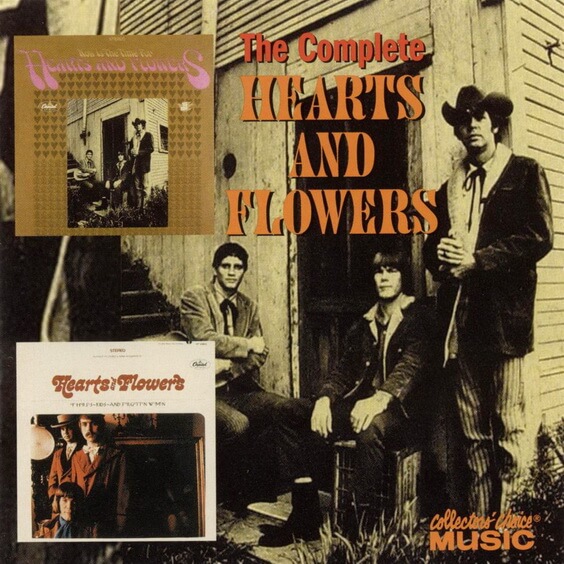
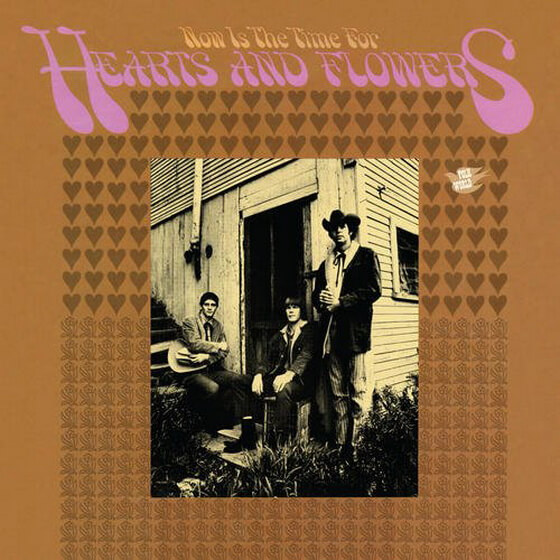
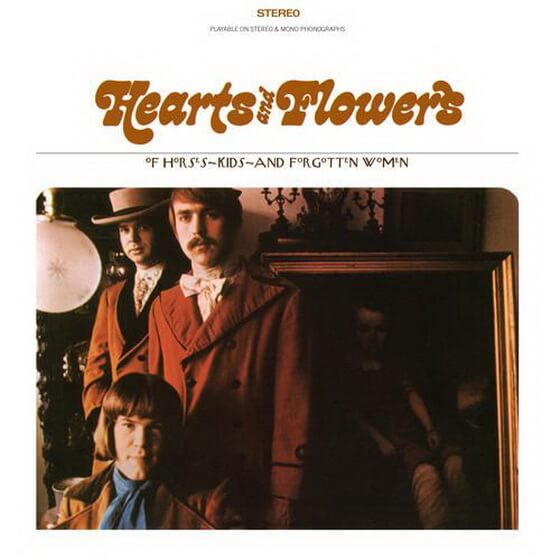
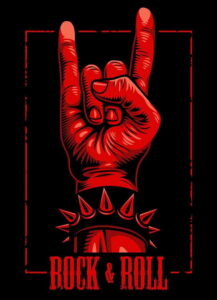
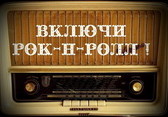
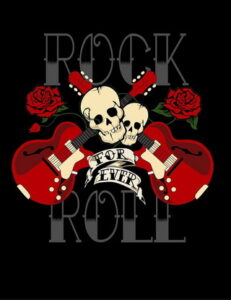
Es un album genial! lastima que este caido
Link updated.